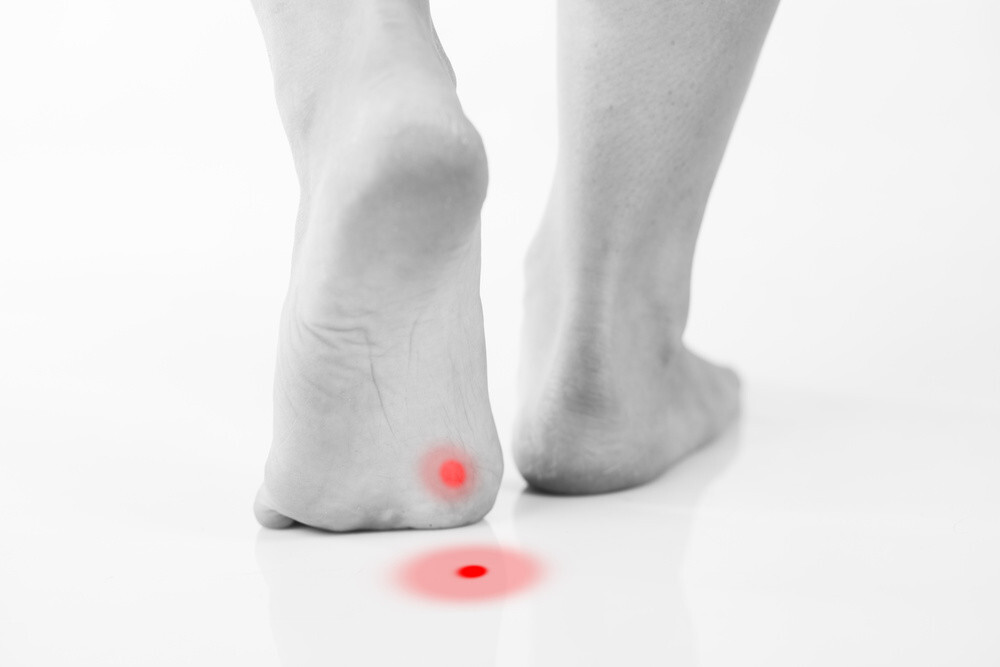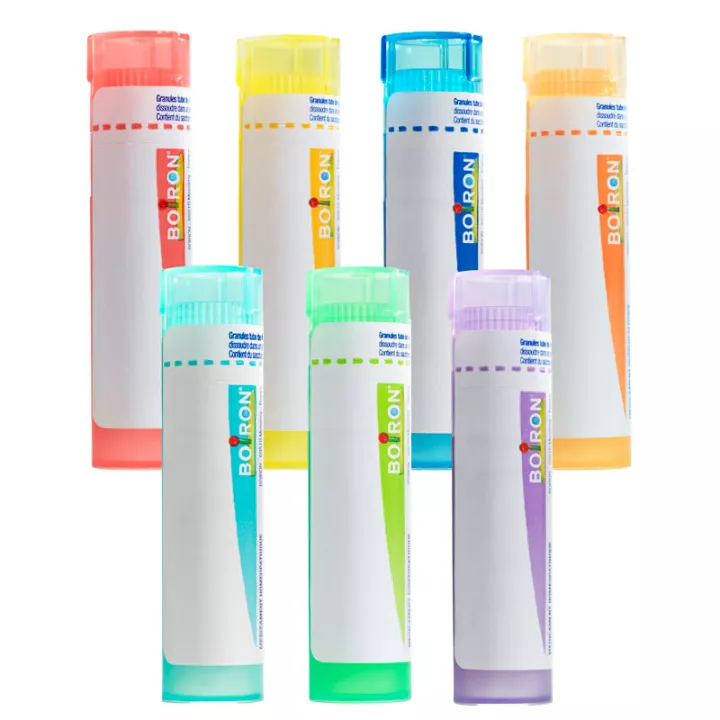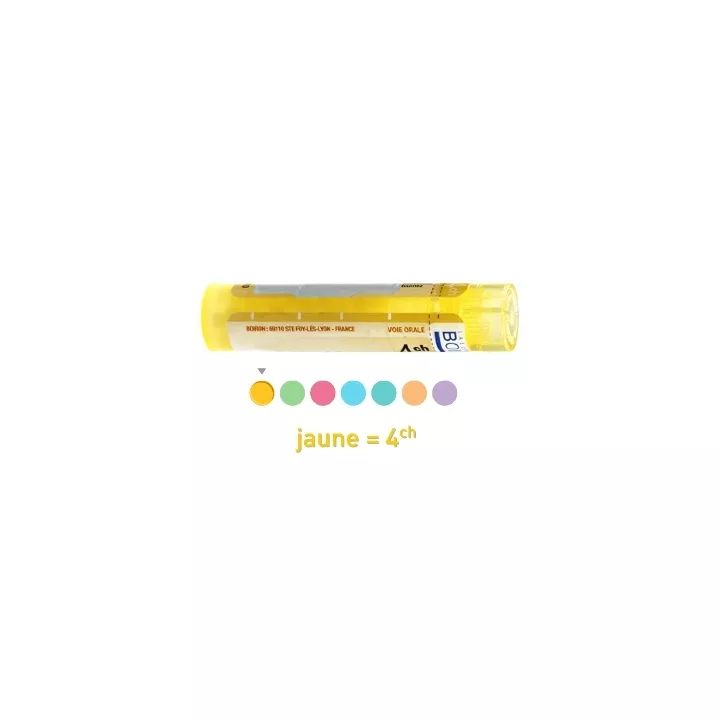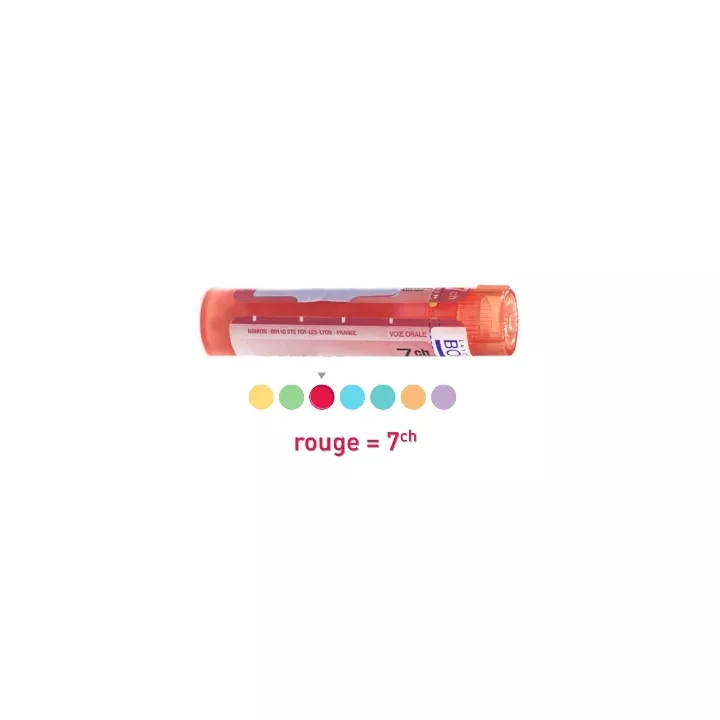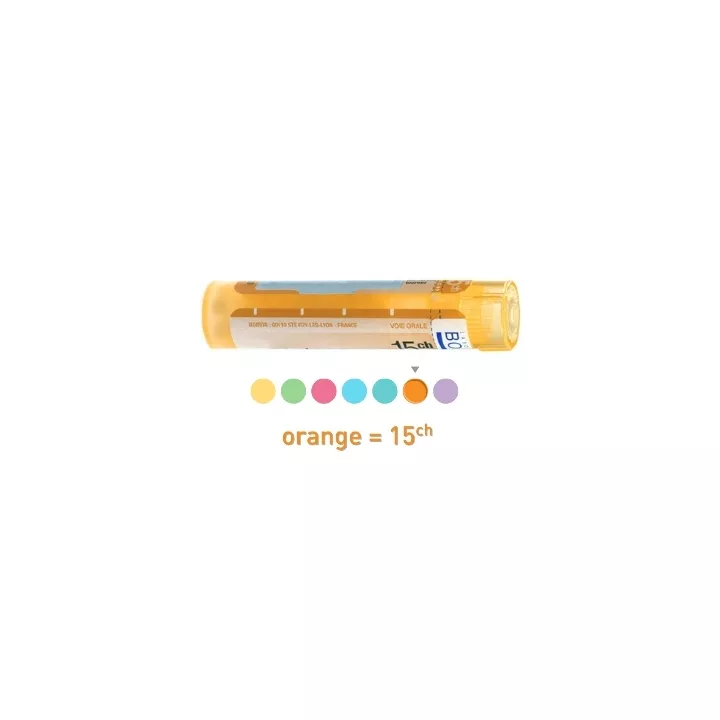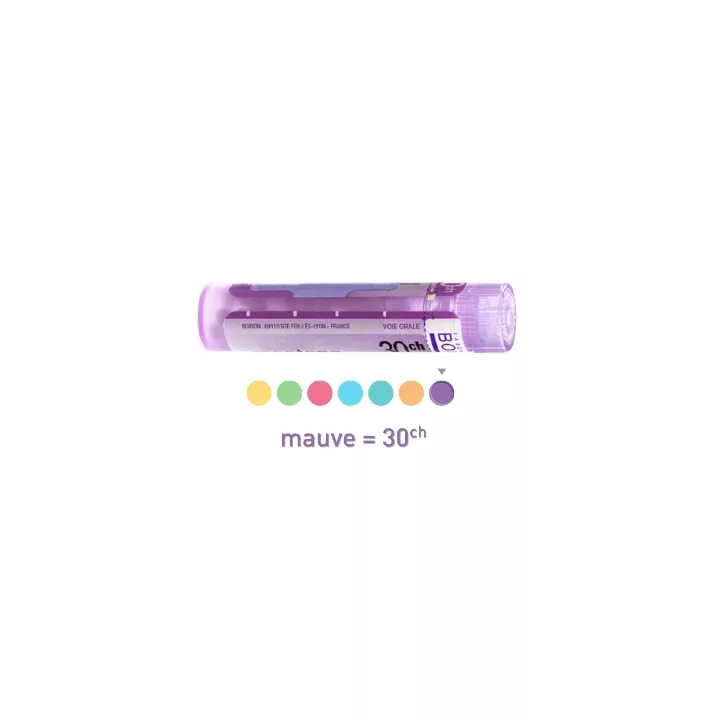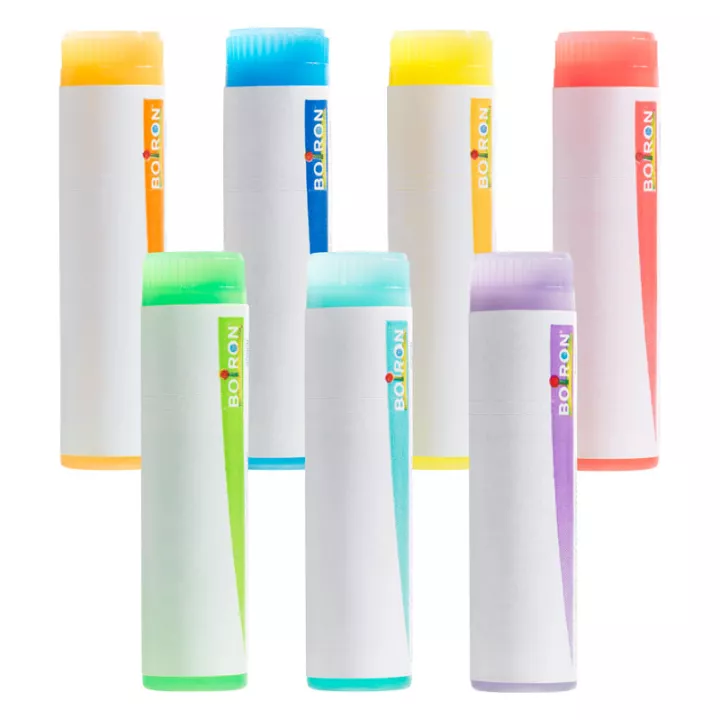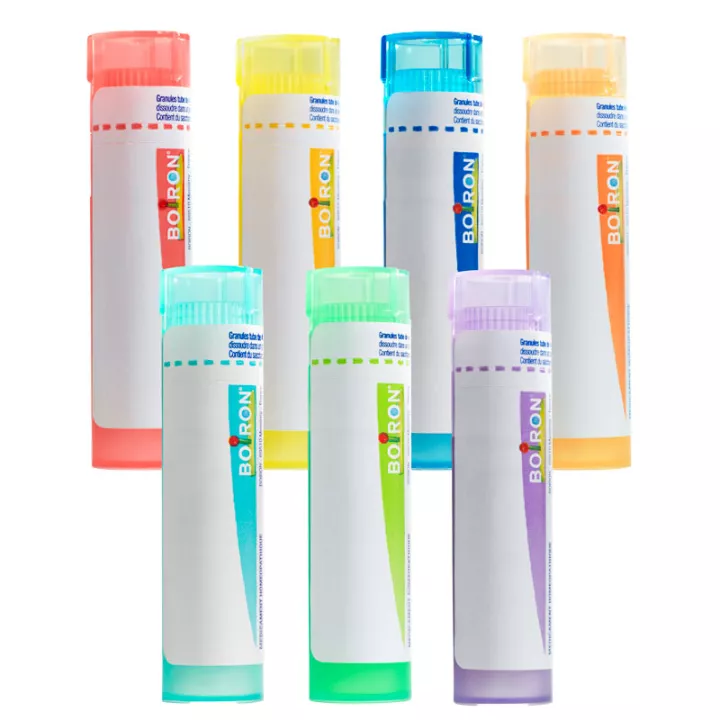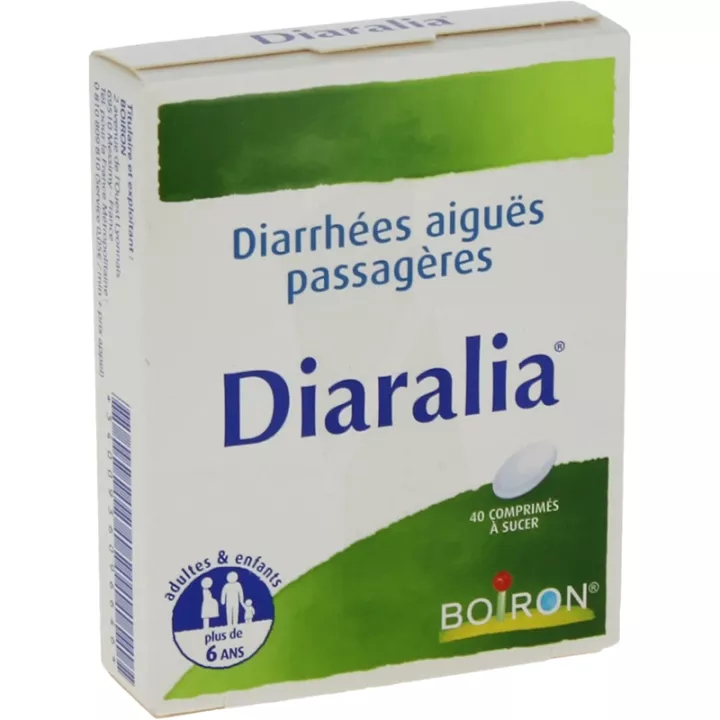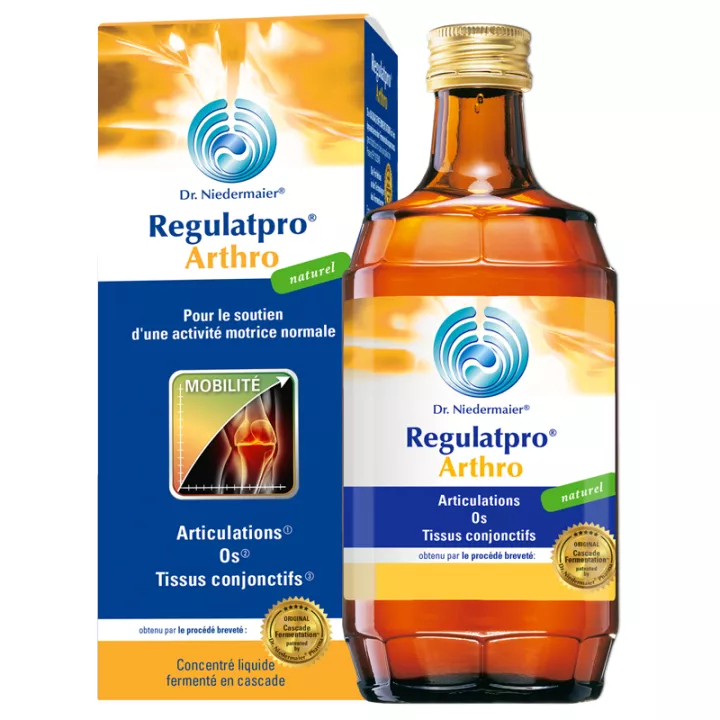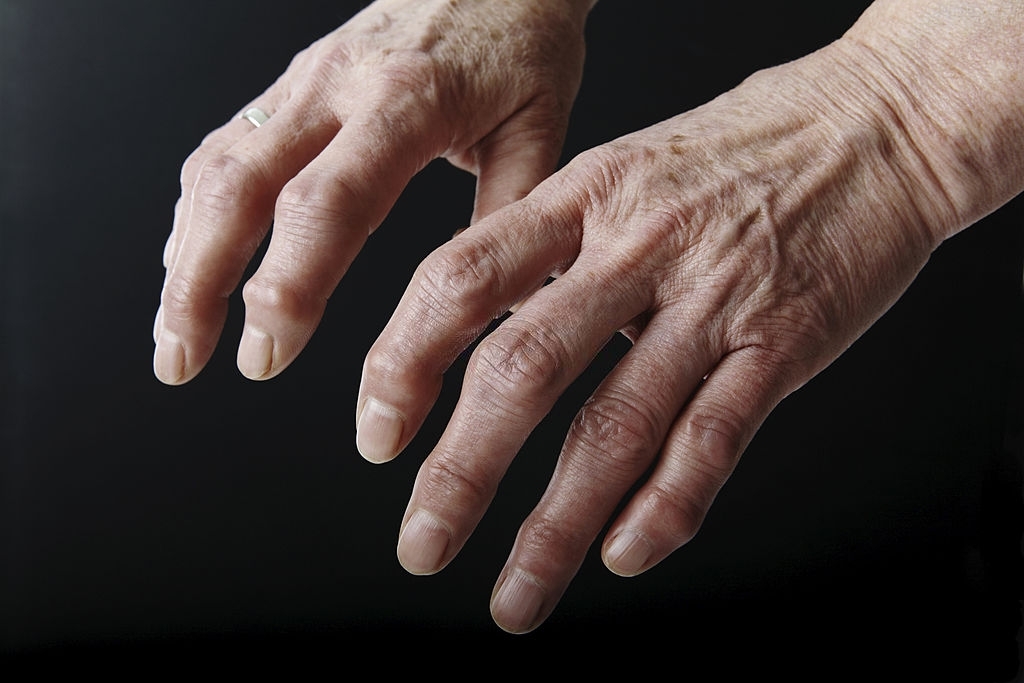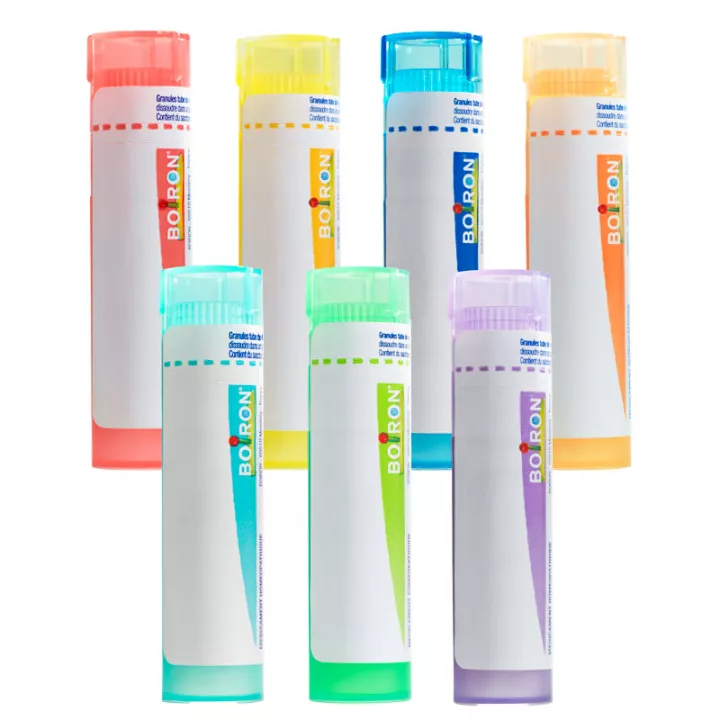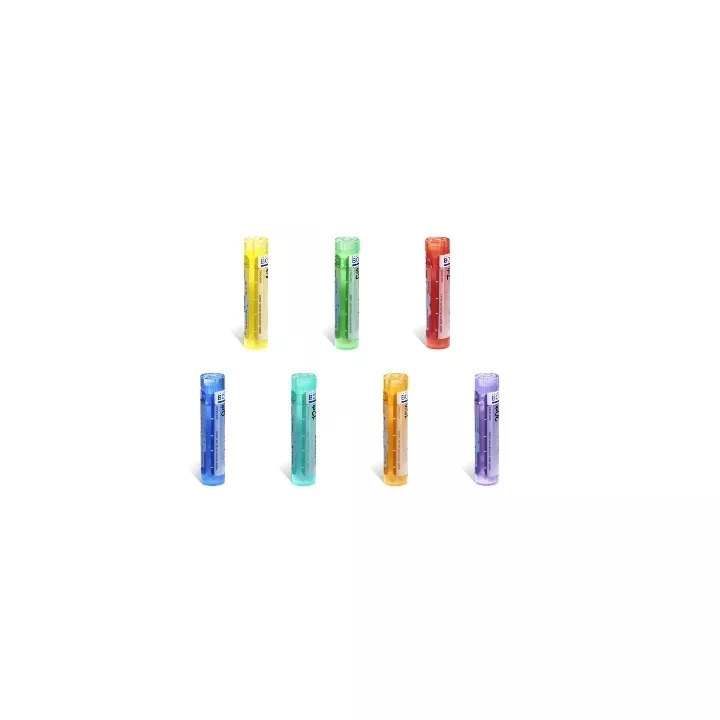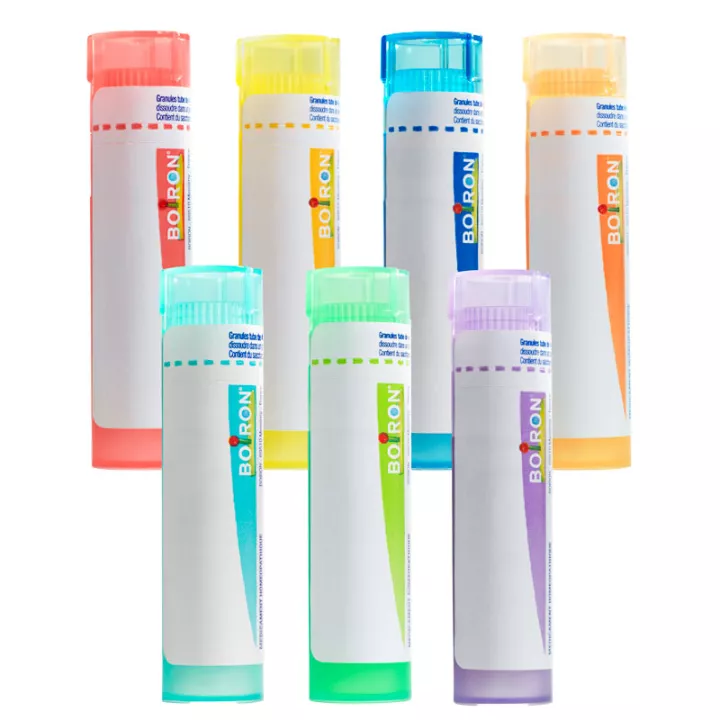Dulcamara, a homeopathic medicine, is indicated for pathologies triggered or aggravated by damp cold (colds, diarrhea, pain, eczema, etc.). Dulcamara provides relief for people suffering from a variety of symptoms triggered or aggravated by dampness. It is a very important tool in the homeopathic strategy, as it lies on the borderline between psoriasis and sycosis.
Dulcamara 4CH, 5CH, 7CH, 9CH, 15CH, 30CH Granules homéopathie Boiron
Registered medicine: EH00534
Origin : Vegetal
Available in Korsakovian dilutions of 200K, 1,000K, 10,000K
Dulcamara in Homeopathy: Uses, Dosages and Benefits
The homeopathic remedy Dulcamara is made from the aerial parts of Bitter Sweet, a ubiquitous woody, climbing plant. It is generally found in damp areas, sheltered under hedges.
Profile of the person sensitive to Dulcamara
Dulcamara can be adapted to any illness arising from exposure to cold humidity: a child coming out of the pool wet, an athlete cooled down after sweating, fog... or any ailment arising after perspiration has stopped due to the cold (like an athlete after training, for example).
Dulcamara is often prescribed from August 15, when evenings become cooler, in the mountains where temperatures are more contrasted, or after exposure to excessive air conditioning...
Dulcamara applications
Mucous membranes
In ENT, Dulcamara is particularly indicated for treating rhinopharyngitis resulting from exposure to damp cold. Typical symptoms include a blocked nose, sometimes accompanied by mucus in the throat. In addition, the patient may suffer from epistaxis (nosebleeds), red, shiny, warm blood and a tongue numbed by the cold, making it difficult to speak. The tongue may also be swollen and dry, while saliva is frothy and slobbery. In such situations, Dulcamara is the recommended solution.
- Rhinopharyngitis: These usually begin with a cold and a copious discharge, accompanied by throat clearing, due to thick secretions stuck to the back of the throat.
- Autumn pollinosis: when nasal obstruction is dominant.
Dulcamara is recommended for sensitive individuals who, after exposure to cold and damp, develop tracheobronchitis or asthma attacks, manifested by coughing and a blocked nose. Occasionally, the patient may expectorate viscous mucus, possibly mixed with bright red blood. When lying down, the cough may be violent, accompanied by fever and burning sensations on the skin. At night, the patient may shiver and sweat profusely, giving off a strong odour.
- Asthma, bronchitis: with a dry or oily cough after being cooled in damp weather, or following exposure to dampness, fog or the like.
In gastroenterology, Dulcamara is recommended for diarrhea occurring after a damp chill, generally in summer. Before the onset of diarrhea, the patient may feel an aversion to food, while experiencing unquenchable thirst. Nausea may lead to viscous, persistent and pale vomiting. The patient may experience abdominal colic pain, often spasmodic, mainly in the umbilical region. Stools may be green, slimy, preceded by almost unbearable pain and, in the most severe cases, may be bloody.
- Summer and autumn diarrhoea: caused by a cold. Often following a summer heat wave.
Dermatology
Dulcamara is prescribed for skin eruptions that bleed after scratching and appear mainly in cold weather. Vesicular eruptions may also be observed, and the epidermis may thicken all over the body, leading to intense itching. Occasionally, the patient may suffer from hives without fever. Finally, in the case of flat warts, a Dulcamara-based treatment is particularly recommended.
- Dermatoses: triggered by cold water or damp cold, such as urticaria, eczema...
- Pruritus, itching: aggravated by damp cold.
- Flat warts: another type of dermatosis.
Rheumatology
Dulcamara is also effective in rheumatology. Following exposure to damp cold, the subject may suffer from headaches and sciatic neuralgia, followed by joint pain. Patients often experience muscular pain accompanied by a sensation of cold in the affected areas. These pains, sometimes tearing, dull and throbbing, make the patient uncomfortable and force him or her to constantly change position. Pain may also be felt in the neck and lumbar region.
- Pain: after exposure to damp cold, such as headaches, neuralgia, sciatica, joint pain, triggered by the transition from hot to damp cold.
- Pain is generally muscular and/or ligamentary, rarely articular. They are accompanied by a sensation of cold that penetrates the affected areas. They may be dull, tearing, pulling or throbbing.
Other applications of Dulcamara
- Cystitis: or urinary incontinence in children after wet feet.
- Dental neuralgia: triggered or aggravated by damp cold.
Dulcamara, an effective remedy for cold- and damp-related illnesses
Indicated in the treatment of various illnesses caused by cold and damp, Dulcamara has many therapeutic virtues. However, it is prescribed according to symptoms.
Origin and preparation of the homeopathic remedy Dulcamara
Dulcamara is a homeopathic remedy obtained from the bittersweet climbing plant Solanum dulcamara, belonging to the Solanaceae family. Its mother tincture is made from macerated young stems, leaves and flowers.
Thanks to its therapeutic properties, it is indicated for treating a variety of ailments. In dermatology, for example, it is used to treat warts and itchy skin. In rheumatology, it is recommended to relieve joint pain, but is also used in ENT, mainly in certain cases of rhinopharyngitis. In gastroenterology, it is effective against diarrhea caused by exposure to cold and damp.
Therapeutic uses of Dulcamara
Dulcamara is frequently used to treat a variety of conditions, including
- Rhinopharyngitis: Occurring after exposure to damp cold, it causes a blocked nose and mucus in the throat.
- Fever: An excellent remedy for fever following exposure to damp cold.
- Asthma and tracheobronchitis: Effective for asthma or tracheobronchitis following exposure to dampness and cold.
- Diarrhea: Used for diarrhea that occurs particularly in cool, damp weather (usually in summer, after a hot spell).
- Muscle and tendon pain: invaluable when these pains occur in damp, cold weather, after excessive perspiration or humidification.
- Warts: Specifically for flat warts.
- Skin disorders: Used in cases of chronic urticaria or other skin conditions where itching increases with damp cold.
Specific characteristics of Dulcamara remedy
It acts on a terrain that needs to be eliminated; its indications include, for example, an intense headache after a runny nose has dried up; or the opposite, i.e. a sinus-type headache after a cold, improved as soon as the runny nose settles.
How to use Dulcamara
Aggravation
- Humidity, cold and damp climates,
- Sudden summer chills after wet feet.
- Rest.
Improvement
- Dry weather.
- Heat.
- Movement.
How to administer Dulcamara
This homeopathic medicine should be taken away from meals, tobacco, coffee or mint. Granules and globules should be left to melt under the tongue.
Depending on the pathologies observed, the recommended dilution varies from 7 to 15 CH, and treatment can last up to 6 months.
Recommended dosage :
- For treatment of rhinopharyngitis, fever or asthma, Dulcamara 5 CH: 5 granules 4 times a day for one week.
- For prevention of ENT disorders, Dulcamara 9 CH: 5 granules every other day for six months.
- For diarrhea, Dulcamara 5 CH: 5 granules after each bowel movement until improvement.
- For muscle and tendon pain, Dulcamara 7 or 9 CH: 5 granules every three hours.
- For the treatment of warts, Dulcamara 9 CH: 5 granules per day for three months.
- For itchy skin, Dulcamara 9 or 15 CH: 5 granules morning and evening for two months.
DULCAMARA 5 CH, 9CH and 15CH homeopathic granules can be used for a variety of symptoms(rhinopharyngitis, colds, diarrhea, itching, joint pain, wart), so it's not possible to determine the indications and dose of a specific preparation.
The homeopathic doctor selects the appropriate medicine, dilution and dosage according to the patient's state of health and characteristic symptoms.
Advice from your pharmacist
If you suffer from ailments (muscular, respiratory, intestinal, dermatological) following exposure to damp cold or after sweating or getting wet, Dulcamara is an interesting choice for treatment.
Recommended homeopathic dosage for Dulcamara
In the world of homeopathy, Dulcamara is an indispensable remedy known for its effectiveness in treating a variety of ailments. This plant, also known as bittersweet nightshade, offers a wide range of benefits, particularly in the fields of ENT, gastroenterology, rheumatology and dermatology. Here's a dosage guide for optimal use of Dulcamara.
ENT dosage: combat asthma and rhinopharyngitis
To remedy rhinopharyngitis, asthma and fever caused by dampness or cold, we recommend taking 5 granules of Dulcamara 5 CH, four times a day for one week. As a preventive measure, 5 granules of Dulcamara 9 CH every other day for six months may be considered.
Gastroenterology dosage: relief of digestive disorders
In the case of diarrhea caused by a cold, 5 CH Dulcamara granules should be taken after each trip to the toilet. Dosage may be repeated until the patient's condition improves.
Posology in Rheumatology: Soothe Your Pain
In the field of rheumatology, homeopathy also offers solutions. Pain can be relieved by taking 5 granules of Dulcamara, either 7 or 9 CH. This dose should be repeated every three hours. When the pain diminishes, you can consider spacing out the doses until you stop taking them altogether.
Dermatological dosage: Improve your skin's health
In dermatology, particularly in cases of itching, the administration of 5 granules of Dulcamara 9 or 15 CH, morning and evening, over a period of two months, is necessary. Every time the patient feels itchy, the same dosage should be followed. For the treatment of warts, the recommended dose is 5 Dulcamara 9 CH granules per day for three months. To optimize treatment efficacy, Dulcamara can be combined with other homeopathic remedies.
This advice section on medicines and health is in no way intended to replace the diagnosis and advice of a doctor or pharmacist. The information provided is strictly indicative. Under no circumstances should this information be used for diagnostic purposes. We cannot be held responsible for any misinterpretation of its content, nor for the reader's state of health, whether prior to or subsequent to consulting these advice sheets.
Directions for use
Dulcamara solanum is generally used in concentrations of 5 to 15 CH, depending on the degree of similarity, for example:
- In 7 or 9 CH, 3 granules every 30 minutes for diarrhea following a cold spell in a damp environment, spacing out as soon as the symptoms improve.
- In 15 CH, 3 granules every 30 minutes for lumbago following a cold in a damp environment, spacing out as soon as it improves.
- Remove tab, invert tube and pull cap slightly.
- Place all the globules in the dose under the tongue.
- Do not touch homeopathic globules with your fingers.
- The globules in the dose tubes are absorbed in one go, dissolving slowly under the tongue.
- If no dose is available, take 10 globules of the same dilution.
- Do not take astringent substances such as coffee, tobacco, camphor, mint or chamomile within half an hour of taking homeopathic medicines.
- We recommend using a mint-free toothpaste (such as Homéodent Boiron).
Packaging and contents
Tube of translucent granules DULCAMARA 4CH, 5CH, 7CH, 9CH, 15CH, 30CH (to show remaining granules). Weight 4g. Approx. 80 granules.
Dulcamara, also known as Morelle Douce-Amère, is a homeopathic strain of plant origin, registered in the French and European pharmacopoeia under number EH00534. This plant is used in homeopathy to treat various ailments, particularly those aggravated by damp, cold weather.
Origin and properties
Dulcamara is a member of the Solanaceae family, growing in damp, shady areas of Europe and Asia. In traditional medicine, Dulcamara is recognized for its diuretic, anti-inflammatory and antispasmodic properties. In homeopathy, Dulcamara is prepared from the plant's stems and leaves, exploiting its effects to relieve symptoms associated with dampness and cold.
Availability
Doses and Tubes: Available in 4 CH, 5 CH, 7 CH, 9 CH, 12 CH, 15 CH and 30 CH doses, as well as in tubes of the same dilutions, Dulcamara offers a wide range of options for tailoring treatment to individual needs.
Magistral preparations
In addition, Dulcamara can be prepared in Hahnemannian dilutions starting at 2 CH, and in Korsakovian dilutions of 200K, 1,000K and 10,000K. These personalized preparations enable treatment to be adapted to the specific conditions of each patient.
Precautions for use
Warning
Contains sucrose and lactose. Keep DULCAMARA 9CH, 15CH homeopathic medicines away from light, heat, moisture, fumes and fragrances.
Giving homeopathic granules to babies and children
For DULCAMARA 9CH, 15CH granules, dissolve in 100ml of water. As the granules take a very long time to dissolve, you'll need to prepare your mixture in advance.
Homeopathy and pregnancy
Homeopathic medicines have no chemical toxicity, no contraindications, no interaction with other drugs, and no adverse effects linked to the quantity of product ingested. Pregnant women can use homeopathic medicines without any known risk to themselves or their unborn child, but it is preferable to seek advice.
What to do if there is no improvement within 24 hours
Certain pathologies cannot be treated with homeopathy simply by self-medication. Their seriousness requires medical advice, which can be given by a homeopathic doctor. This doctor will judge whether your condition can be treated with homeopathy alone, or whether your treatment needs to be supplemented with allopathic medicine.
